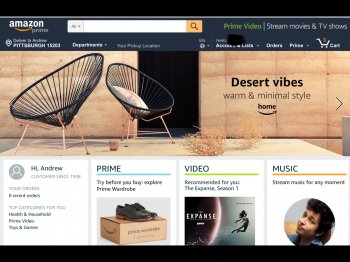Oh it's on purpose.I think it is the dumbest trend ever. I put it right up there with modern achitecture and modern art. Basically, garbage.
"The hottest trend in Web design is making intentionally ugly, difficult sites
There’s an interesting trend in Web design these days: Making websites that look, well … bad.
The name of this school, if you could call it that, is “Web brutalism” — and there’s no question that much of the recent interest stems from the work of Pascal Deville.
I wish I could find it, but I could not after about five minutes of web searching. Somewhere there’s an article criticizing either the current flat-design all-white low-contrast space-wasting function-hiding less-intuitive fad in iOS, or criticizing the current flat-design all-white low-contrast space-wasting function-hiding less-intuitive fad in website design, but it also referred to architecture brutalism: It noted the odd situation of how often brutalism is favored and defended more by the architect or architecture student or architect “scholar” than the common citizen viewing said “creations.” I couldn’t agree more with that fascinating observation. I truly believe this awful design fad we are going through is driven more for the creator’s ego and joy than for the benefit of the users’ function, and that just shouldn’t be.
The creator guess his or her chance to try to do the most with the least, as if there’s a real need for that or there was a world pixel shortage or decorative brick famine, while users have to deal with the consequences.






